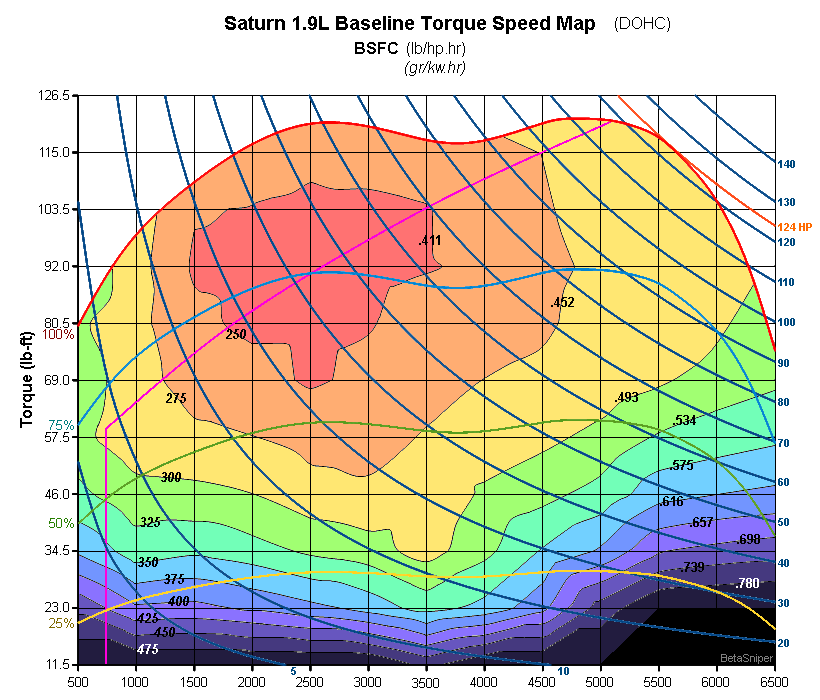STS134
Well-known member
I was going down the freeway at a continuous speed of about 85-95 mph (136-153 km/h) yesterday for about an hour, and I noticed some VERY strange behavior from my vehicle.
ABOVE 78 mph/125 km/h, the behavior is as follows:
Normal mode: Vehicle uses clutch to connect engine directly to wheels. Generators and motors do nothing.
Save mode: Vehicle uses clutch to connect engine directly to wheels. Generators generate power and store it in the battery.
Charge mode: Vehicle uses clutch to connect engine directly to wheels. Generators generate power and store it in the battery.
Both Save mode and Charge mode appear to behave identically above 78 mph! In fact, I fired up PHEV Watchdog and looked at the amount of power that was being generated and stored in the battery and it seemed to range from 0 to around 17 kW, depending on instantaneous power demands. And that power did not change when I switched between Save and Charge modes, but it did drop to zero when I entered Normal mode.
BELOW 78 mph/125 km/h, the behavior is different:
Normal mode: Vehicle will use up the battery first, then when the battery hits 1 bar, maintains battery level by either using Series mode or Parallel mode and a hysteresis cycle.
Save mode: Vehicle maintains battery level by using either Series mode or Parallel mode and a hysteresis cycle. The hysteresis cycle appears to be narrower than that used during Normal mode, if the battery level is already depleted.
Charge mode: Vehicle runs the engine and dumps any extra power generated into the battery to charge it.
Anyone else see this happen? It's very strange, but with the current programming, in order to actually MAINTAIN the battery at its present level, I'd have to put the vehicle in Save mode under 78 mph, and then take it out of Save mode and put it in Normal mode whenever I exceed 78 mph, and monitor when I cross that threshold and manually toggle it every single time. If I keep it in Save mode continuously when I am above 78 mph, what happens is that the vehicle keeps charging the battery, and then if I drop under 78 mph for whatever reason (traffic, taking a ramp from one freeway to another, etc.), it will then consume all of the energy that it added to the battery down to the level at which I last placed it in Save mode -- even if it's literally added 6-8 bars, or even charged the battery up to full if I've been doing above 78 mph for long enough.
The whole point of Save mode isn't to charge the battery, or consume battery power, it's to tell the car to keep it at its present level. And when I use Save mode above 78 mph, it fails to do so. I'm wondering if Mitsu actually tested their software at all before pushing it out the door.
ABOVE 78 mph/125 km/h, the behavior is as follows:
Normal mode: Vehicle uses clutch to connect engine directly to wheels. Generators and motors do nothing.
Save mode: Vehicle uses clutch to connect engine directly to wheels. Generators generate power and store it in the battery.
Charge mode: Vehicle uses clutch to connect engine directly to wheels. Generators generate power and store it in the battery.
Both Save mode and Charge mode appear to behave identically above 78 mph! In fact, I fired up PHEV Watchdog and looked at the amount of power that was being generated and stored in the battery and it seemed to range from 0 to around 17 kW, depending on instantaneous power demands. And that power did not change when I switched between Save and Charge modes, but it did drop to zero when I entered Normal mode.
BELOW 78 mph/125 km/h, the behavior is different:
Normal mode: Vehicle will use up the battery first, then when the battery hits 1 bar, maintains battery level by either using Series mode or Parallel mode and a hysteresis cycle.
Save mode: Vehicle maintains battery level by using either Series mode or Parallel mode and a hysteresis cycle. The hysteresis cycle appears to be narrower than that used during Normal mode, if the battery level is already depleted.
Charge mode: Vehicle runs the engine and dumps any extra power generated into the battery to charge it.
Anyone else see this happen? It's very strange, but with the current programming, in order to actually MAINTAIN the battery at its present level, I'd have to put the vehicle in Save mode under 78 mph, and then take it out of Save mode and put it in Normal mode whenever I exceed 78 mph, and monitor when I cross that threshold and manually toggle it every single time. If I keep it in Save mode continuously when I am above 78 mph, what happens is that the vehicle keeps charging the battery, and then if I drop under 78 mph for whatever reason (traffic, taking a ramp from one freeway to another, etc.), it will then consume all of the energy that it added to the battery down to the level at which I last placed it in Save mode -- even if it's literally added 6-8 bars, or even charged the battery up to full if I've been doing above 78 mph for long enough.
The whole point of Save mode isn't to charge the battery, or consume battery power, it's to tell the car to keep it at its present level. And when I use Save mode above 78 mph, it fails to do so. I'm wondering if Mitsu actually tested their software at all before pushing it out the door.



































